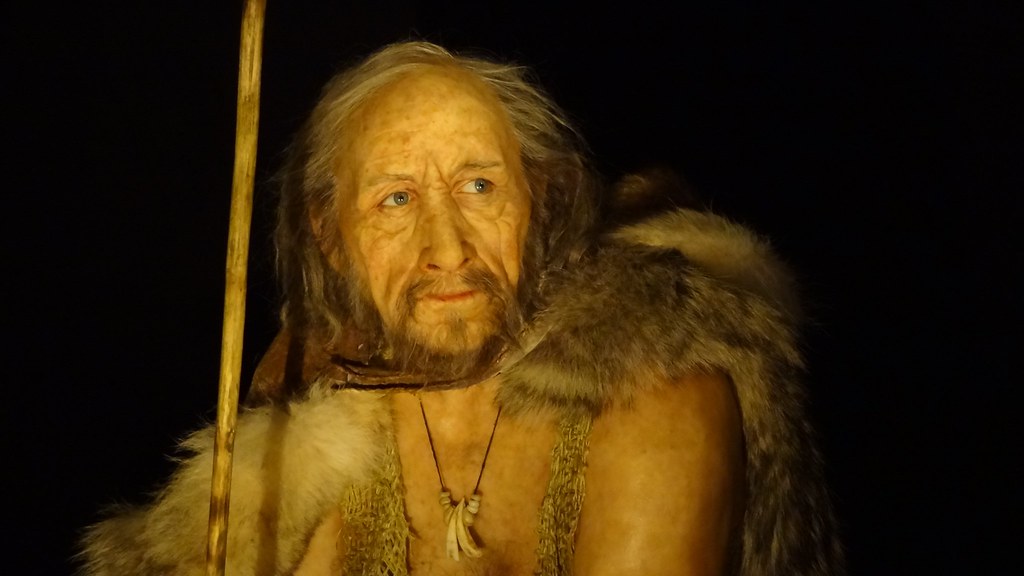
“Lascaux 170”by Ma Boîte à Image is licensed under CC BY-NC-SA 2.0
In post war France, prehistoric art got people talking. At least it got intellectuals talking, but this being France we can imagine that the zone of interest was widespread. The basis for this post, about primitivism in the years following the Second World War, is an important paper by Douglas Smith called Beyond the Cave.
While many in France thought they’d found the origins of humanity, three figures called into question the simplicity of that conclusion: Georges Bataille, Maurice Blanchot and René Char. Smith quotes poet Char on the dubious quest for orgins: “Cette espérance de retour est la pire perversion de la culture occidentale, sa plus folle aberration.†(This hope of going back is the worst perversion of western culture, its maddest aberration.) But all three writers complicate the notion of origins. They assert, in various ways, with critical subtlety, that the works at Lascaux are both origins and originary non-origins. Bear with it.
Smith concludes that Lascaux was indeed an ‘impossible origin’, given the efforts of the parties who wanted to find the descendants of the modernist White Cube in the Hall of the Bulls. This was the general idea behind the second wave of primitivism in French culture in the 1940s and 1950s. In the first wave, modern artists looked to exotic cultures for the origins of modernism. But now, figures like artist Jean Dubuffet, photographer Brassaï, and architect Le Corbusier were taking inspiration from the indigenous primitivism of prehistoric art, as if the first artists were already modern without realising it.
Writer, politician and former Resistance fighter, Andre Malraux claimed that the caves at Montignac were used as an arms cache for his comrades in arms. Lascaux was thought to be a place of anachronistic goodness. This was to ascribe a spurious innocence to prehistoric art, in the face of the guilt which humanity shares in the wake of Auschwitz and Hiroshima.
No Comments